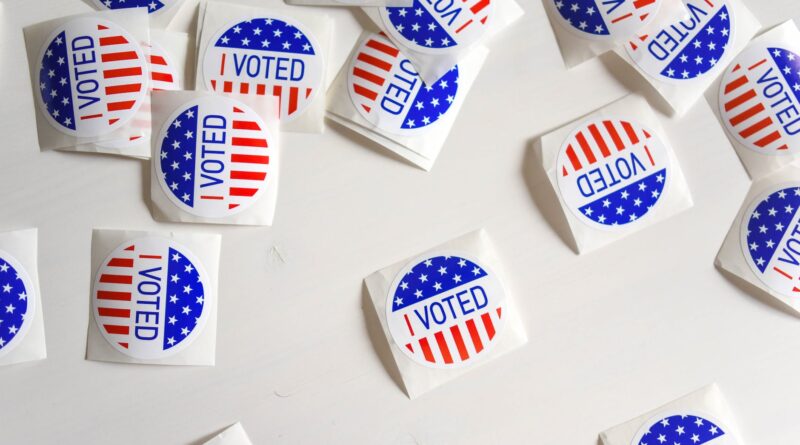A Journey Through Time: The Evolution Of Cannabis Laws In Washington State
In the United States, the story of marijuana legalization continues to unfold with each passing year. The evolution of policies regarding the use and distribution of cannabis is an interesting one, particularly in Washington State, the trailblazer in the journey towards legalization. Despite the ongoing federal prohibition, the state’s cannabis laws have transformed tremendously, inspiring other states to follow suit.
In the late 19th century, marijuana was entirely legal across the United States, including Washington State. However, by the 1920s, public opinion about cannabis began to change, and many states initiated legislation to control its use. Washington State was one of the first to prohibit marijuana in 1923, long before the federal marijuana prohibition laws came into effect in the 1930s history.
Following the trend of the war on drugs, the decriminalization movement made significant strides in the 1970s. In Washington State, an attempt was made in 1971 to decriminalize cannabis possession, but the effort ultimately failed. However, the state did reduce possession penalties under the decriminalization policy in the late ’70s and the early ’80s, signifying a softening stance toward cannabis.
The key turning point came in 1998 when Washington State passed a measure allowing medical use of marijuana. With the implementation of this policy, patients with certain conditions could legally use marijuana for treatment. This was a major leap towards understanding the potential benefits of cannabis.
Then, in 2012, Washington State made history by becoming one of the first two states, along with Colorado, to legalize recreational marijuana. The passage of Initiative 502 paved the way for a robust and organized industry for marijuana production and distribution, subject to taxation. This step represented a significant departure from the marijuana prohibition era and started a trend that is still continuing across the US.
While Washington voters approved this legislation, it came with regulatory complexities. The law legalized the possession of marijuana for adults aged 21 and older, but didn’t initially provide instructions for private cultivation. The Washington State Liquor and Cannabis Board has since developed a series of strict regulations to control this booming new market, which factors in licensing, packaging, safety requirements, and more.
The transition from criminal penalties to a legal market hasn’t been entirely seamless, but the social impact has been profound. Changes in the law have transformed formerly illegal operations into respectable, tax-generating businesses. Moreover, it has shifted attention to studying the potential medical benefits of cannabis, breaking down longstanding stigmas, and promoting safer, regulated use.
The state’s approach to cannabis also includes social justice reforms. In 2020, Washington State passed a law that allowed those convicted of misdemeanor marijuana possession charges to have their records cleared. This mirrors a growing nationwide trend of incorporating social equity into marijuana legalization efforts.
The evolution of cannabis laws in Washington State has also had significant economic implications. Taxation of marijuana sales has turned out to be a substantial revenue stream for the state. Since its inception, Washington’s regulated market for marijuana has generated over a billion dollars in tax revenue, a portion of which is dedicated to public health programs and research.
In conclusion, the progression of cannabis laws in Washington State – from prohibition to decriminalization, medical use, and ultimately full legalization – is a vivid reflection of changing societal attitudes towards marijuana. As we move forward, we can expect Washington to continue refining regulatory practices and leading the way in shaping the future of cannabis policy across the United States.
